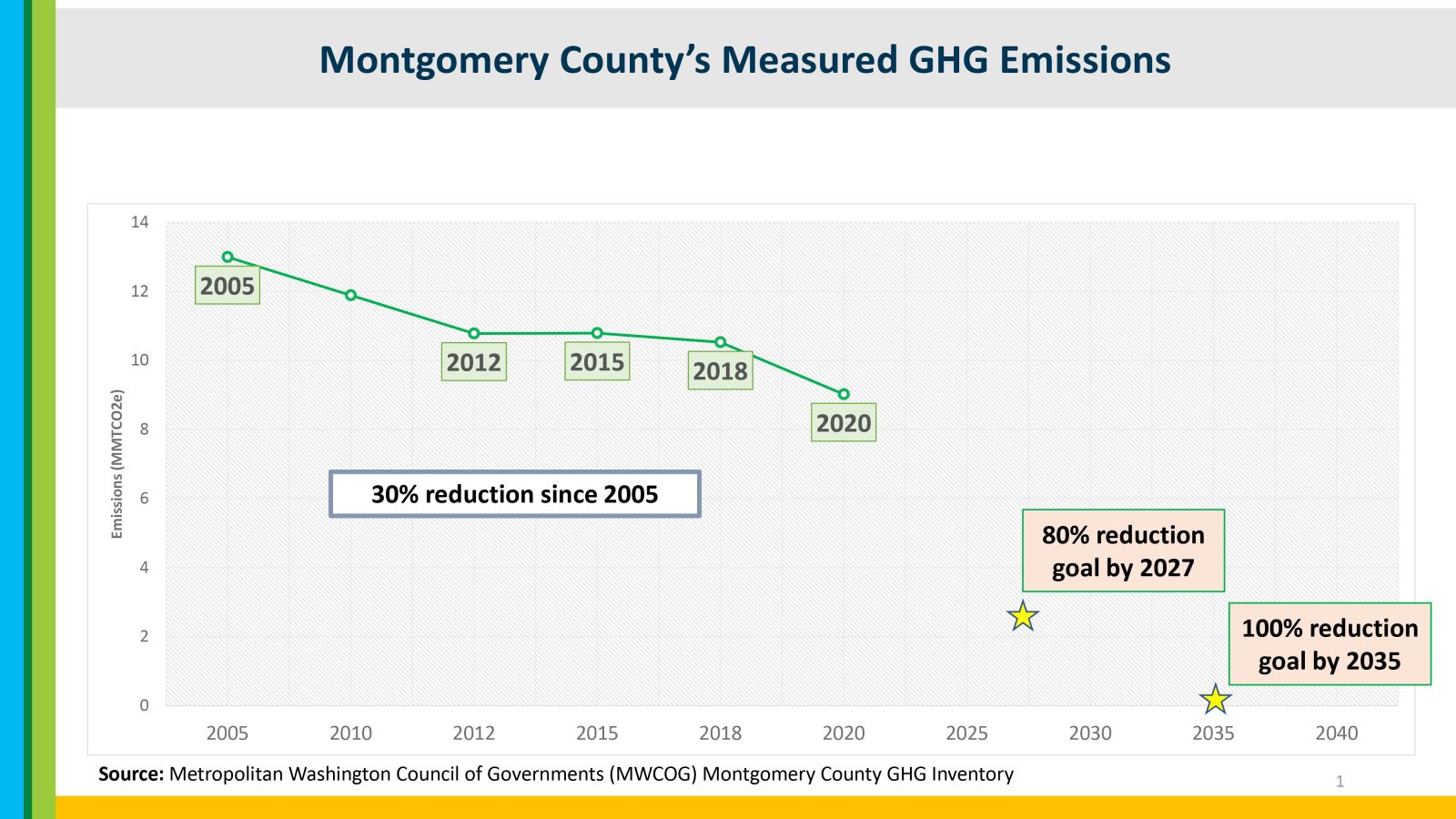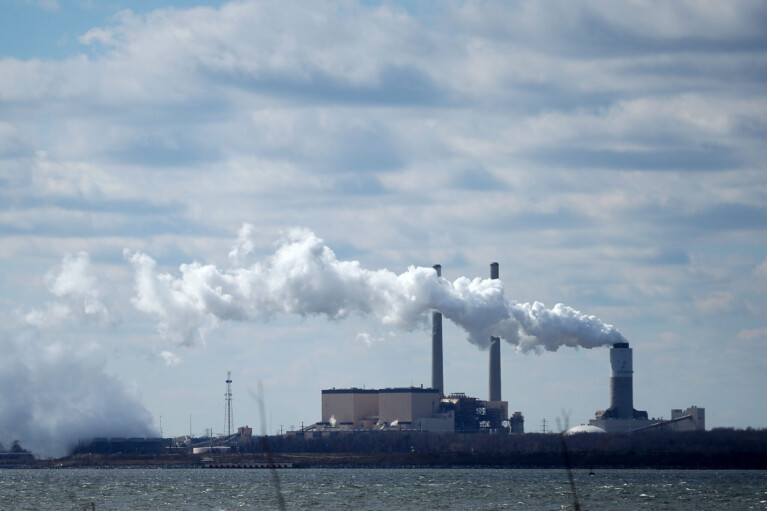Commentary: Montgomery County declared a Climate Emergency. But we aren’t acting like it

By Doug Boucher and Karen Metchis
Boucher is a retired scientist; he directed the Climate Research and Analysis team of the Union of Concerned Scientists for a decade. Metchis is retired from the U.S. Environmental Protection Agency and is now a member of the Climate Action Plan Coalition of Montgomery County.
Sergeant Joe Friday of Dragnet fame advisedly said, “just the facts, ma’am”. So, here are the facts. The U.S. has warmed 2.5 degrees Fahrenheit since 1970 and the annual rate of warming is accelerating. The frequency of billion-dollar disasters in the U.S. has increased from once every 4 months in the 1980s to once every 3 weeks (after accounting for inflation). The U.S. is experiencing some of the most severe sea-level rise on the planet. The incidence of Lyme disease, which thrives in warmer weather, has doubled since 1991. And Montgomery County is not immune to these impacts; already peak cherry blossom bloom dates have shifted seven days earlier since 1921.
Montgomery County, along with dozens of communities state- and nationwide, has a significant role in reducing polluting greenhouse gases to stem the worst impacts of climate change. The Montgomery County Council unanimously adopted a resolution to declare a Climate Emergency and committed to reduce the county’s carbon pollution 80% by 2027, and 100% by 2035. That was in 2017. The county has described those targets as “among the most ambitious in the country and the world.”
We’re now in the sixth of the ten years in which we’re supposed to make the 80% reduction, and according to new data from the Metropolitan Washington Council of Governments we are clearly falling short. And yet, information presented to the public makes it appear that we have made tremendous progress. In releasing the figures on its website in January, the county said that its carbon pollution had dropped by 30% and declared that “we are successfully working together to bring down greenhouse gas emissions.”
Why isn’t a 30% reduction nearly enough to meet the 2027 target? First of all, it’s not 30% below the 2017 level — it’s 30% below the emissions level in 2005. In other words, a 30% drop in 15 years. Digging deeper into the data, you see that nearly half of that reduction was made between 2005 and 2012 — a decade before the declaration of a Climate Emergency.
But the real situation is even worse than that, because as Council of Governments pointed out, 2020 was the year in which carbon pollution was cut by the COVID-19 pandemic. Offices and stores shut down, people stopped commuting to work, and so emissions from buildings and transportation dropped. The council’s estimate is that COVID cut emissions by 4 to 6%, so the real reduction by 2020 was 25% in 15 years, not 30%.

At this rate, where will we be by the target date of 2027? The estimates depend a bit on which data points you use to establish the trend, but they range from 37% to 44%. In other words, barely halfway to the 80% commitment. And that does not include the additional emissions from producing and disposing of products we buy.
So, what do we do about it — not just the county government, but all the county’s residents and business owners? We can continue to believe we are achieving our ambitious goals despite the data — and wait till 2027 when we will be forced to admit that we’ve failed and then can set up new goalposts further away. Meanwhile, more homes will flood, more county infrastructure will be damaged, more people will be sent to the hospital during extraordinary heat waves, and more anomalous weather will disturb our flora and fauna.
And the odd thing is that residents of Montgomery County know better. Here are some more data: according to a 2021 study by the Yale Program on Climate Change Communication, 78% of people in Montgomery County over the age of 18 are worried about global warming, 70% of us think our local officials should do more about it, and 77% think that we, the citizens of the county, should do more to address global warming.
So, let’s take science seriously when it tells us that there really is a climate emergency, and that it has only gotten worse since 2017. And let’s not just answer surveys about our attitudes. We can tell our political leaders to enact more policies to move us away from fossil fuels. We can electrify all our buildings — both homes and businesses, both new and old. We can replace fossil fuels with renewable energy, generated both on buildings and on the ground. Meanwhile, we can choose to drive electric vehicles and, better yet use mass transit, replace gas appliances with electric ones, adopt solar (on our roofs or via a ‘community solar’ program), drastically reduce waste including food waste, and many more actions that reduce consumption of energy. Taken together, both big and small actions are needed to make up the difference.
The world’s scientific community recently warned us that “Climate change is a threat to human well-being and planetary health There is a rapidly closing window of opportunity to secure a livable and sustainable future for all.” In other words, there really is a Climate Emergency. Let’s act like we recognize it.




 Creative Commons Attribution
Creative Commons Attribution